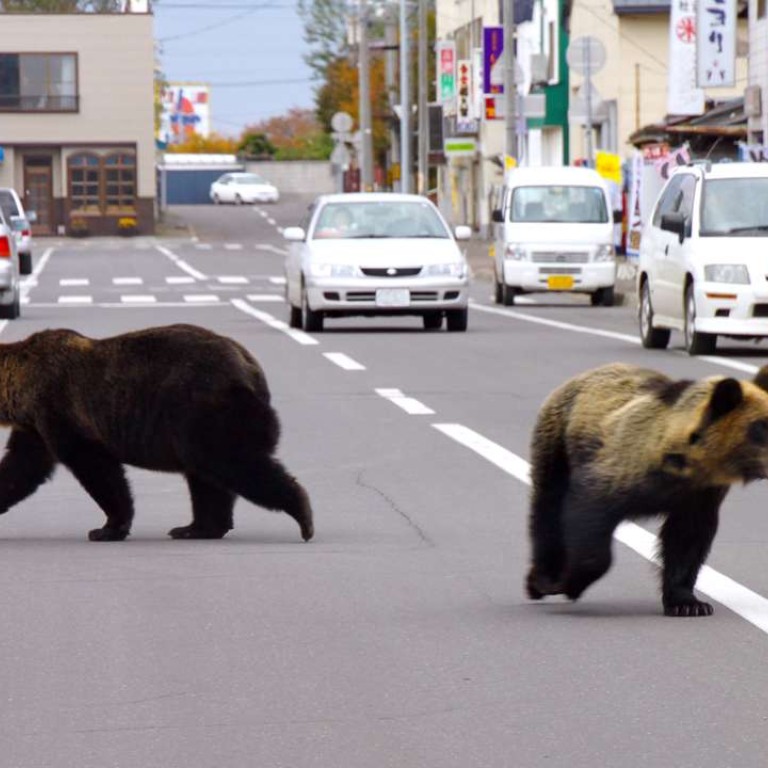
Maneater: bear attacks kill four in northern Japan forest, and same animal may be to blame
People in northern Japan have been warned to stay away from mountain forests after four people were killed in a spate of bear attacks, amid a dramatic rise in the number of sightings of the animals.
Police in Akita prefecture found the body of a woman they suspect was mauled by a bear in a mountain forest at the weekend. The victim, Tsuwa Suzuki, 74, suffered injuries so horrific that local authorities were initially unable to identify her.
Suzuki, who lived in neighbouring Aomori prefecture, had gone to the area alone to pick edible wild plants, according to public broadcaster NHK.

The men were foraging for bamboo shoots when they were attacked, Japanese media reported.
Takeshi Komatsu, a local vet, said it was possible that the four were killed by the same bear. “After tasting human flesh [for the first time], the bear may have realised that it can eat them,” Komatsu told Kyodo news agency.
Missing Japanese boy rescued six days after vanishing in forest
While officials have set traps and told people not to go into the mountains in search of plants and vegetables, local media pointed out that the number of fatal attacks in Akita this year is already half the eight deaths reported in the area between 1979 and last year.
Sightings of brown bears and black Asiatic bears in northern Japan have risen to over 1,200 already this year, almost twice the number reported last year. In some cases, the animals have been spotted near residential areas.
Aside from Akita, there have been sightings of mother with their cubs in several other prefectures, as well as reports of injuries due to bear attacks.
Bear attacks are usually blamed on food shortages that send the animals straying out of their habitats into towns and villages. The recent attacks, however, appear to have been sparked by an abundance of beechnuts, which has led to a boom in the number of surviving cubs.
“From summer to after autumn, people risk being attacked by mature cubs,” Kazuhiko Maita, chief director of the Institute for Asiatic Black Bear Research and Preservation, told the Yomiuri Shimbun.
Yohei Sasaki, chairman of the national hunters association, told the newspaper that female Asiatic black bears with cubs can be particularly aggressive towards humans.
Even though adult Asiatic black bears generally grow to between one and 1.5 metres in length from nose to tail, “even hunters find them unmanageable,” Sasaki told the newspaper, adding that an unarmed person foraging in the forest “would be helpless in an attack”.
Experts say people can lower the risk of being attacked by carrying a bell, since in most cases bears are wary of humans. In the event that they come face to face with a bear, the advice is to retreat slowly, watching the animal the whole time.
The recent killings have revived memories of Japan’s deadliest bear attacks – known collectively as the Sankebetsu incident in which a huge brown bear standing more than 2.7 metres tall and weighing 350kg killed seven villagers and injured three others in a series of attacks on villagers’ homes on the northern island of Hokkaido in 1915.
The bear, whose rampage inspired novels, radio and stage productions, and a film, was tracked down and shot dead by a hunter.

